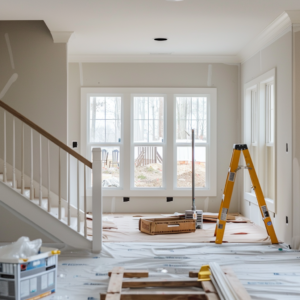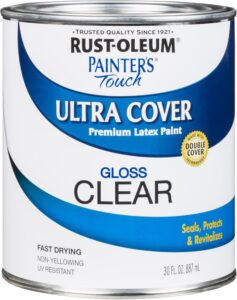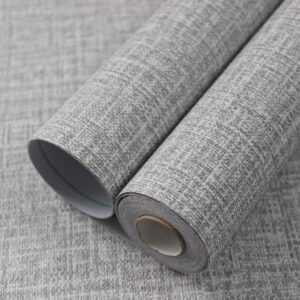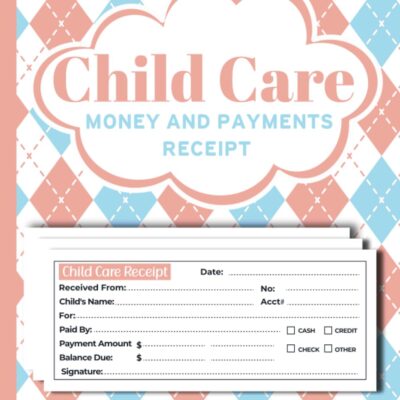
Refinish your space is ever look around your home and wish it had a fresh, updated look without spending much money? You’re not alone! There are a lot of great ways to relax your space without breaking the bank. Whether you want to give a room a makeover or add some small touches, I’ve got you covered. Here are ten super simple and affordable ways to refinish your space on a budget.
1. Rearrange Your Furniture
Moving your furniture around is one of the easiest and most accessible ways to make a big difference in any room. It may sound too easy, but trust me, it works! When you move your couch, chairs, or tables around, the room feels fresh and new right away.
Try experimenting with different layouts. Your sofa would look better facing the window for more natural light, or your bed could create a cozier feel if placed against a different wall. Rearranging your furniture allows you to rethink the flow of your room, and the best part is—it costs nothing!
2. Add a Fresh Coat of Paint

BUY NIOW
$16.46
If you’re looking for a dramatic change, a fresh coat of paint is your best friend. You don’t need to paint the entire room either—sometimes, just an accent wall can make all the difference. Pick a bright color that goes with what you already have to give your room a new vibe.
Remember that you can also paint old furniture to give it a fresh, updated look. A worn-out coffee table or dresser can look brand new with a couple of coats of paint. Paint is affordable, and it’s one of the quickest ways to change the entire feel of a room.
3. Update Your Lighting
Lighting can completely transform a space, but you don’t need to buy expensive light fixtures to make a difference. Swapping out old lampshades or even changing where your lamps are placed can brighten up a room in more ways than one.
Try string or fairy lights to create a cozy atmosphere if you want to add some personality. You can also look for affordable lighting options online or at your local thrift store. New lighting can make your room feel warm and inviting without emptying your wallet.
4. DIY Artwork

BUY NIOW
$16.19
Artwork can make your walls pop, but buying expensive pieces isn’t always an option. Instead, get creative and make your own! You don’t have to be an artist to create something beautiful.
Try simple DIY ideas like framing fabric, collaging your favorite photos, or painting abstract designs. Even if you’ve never painted, abstract art is all about having fun with colors and shapes—there’s no right or wrong way to do it. Creating your own artwork adds a personal touch to your space and is a great conversation starter!
5. Repurpose Old Furniture
Before you think about getting rid of old furniture, consider how you can repurpose it. An old dresser or side table might need a little TLC to look brand new again. Sand it down, throw on a fresh coat of paint, or swap out the handles and knobs for something modern.
You can also get creative with how you use your furniture. That old dresser? It could be a chic TV stand or a stylish bathroom vanity. Think outside the box, and you’ll be amazed at how many ways you can give old pieces new life without spending much.
6. Use Thrifted Décor

BUY NIOW
$8.98
Secondhand shops and recycled shops are mother lodes for financial plan amicable style. From classic mirrors to idiosyncratic workmanship pieces, you can find interesting things that carry character to your space.
Looking for things used lets you find great deals for a small fraction of the cost.
When you’re looking for a deal, keep an open mind. Some things might need to be cleaned up or painted, but the way they look in your home is worth the work. Also, mixing thrifted items with things you already own gives your outfit a relaxed, varied vibe that is both sharp and personal.
7. Incorporate Houseplants

BUY NIOW
$40.00
Want to make refinish your space feel fresh and lively? Add some houseplants! Plants not only look great, but they also improve air quality and give your room a calming atmosphere. The best part? You don’t need to spend a lot to bring nature indoors.
Start with affordable, low-maintenance plants like succulents, pothos, or snakes. It’s easy to take care of these plants brighten up any room. If you feel crafty, you can create plant holders by repurposing things like mason jars or tin cans.
8. Upgrade Soft Furnishings
At times, a room needs a fast redesign in its delicate decorations. Contemplate trading out your toss cushions, covers, or drapes for a new thing. You’d be stunned at how much a couple of vivid pads or a comfortable toss cover can change the energy of your space.
This is an easy and affordable way to add color and texture without significant changes. Plus, if you enjoy DIY projects, you can make your pillow covers or curtains using budget-friendly fabric. It’s a small change that packs a big punch!
9. Peel-and-stick wallpaper or Decals

BUY NIOW
$6.99
Peel-and-stick wallpaper is perfect for renters or anyone who wants a temporary change without the commitment of traditional wallpaper. It’s affordable, easy to apply, and can completely transform a room without damaging walls.
You can utilize it to make a complement wall or give a tired space a fresh, modern look. Wall decals are another excellent option for adding a pop of color or fun designs to your space. They’re a quick, budget-friendly solution for anyone looking to update their home’s aesthetic.
10. Declutter and Organize
Disposing of messiness and reworking things is at times the most effective way to cause a spot to feel new once more. Assuming your room feels swarmed or dull, disposing of things you don’t need can cause it to feel fresh out of the box new. Go through a day going through your things and disposing of things that you don’t require any longer.
After getting rid of the junk, organize what’s left. To keep things in order, buy cheap storage options like shelves, bins, or boxes. A room that isn’t cluttered looks better and feels bigger and friendlier. The best part? It doesn’t cost anything to clean up!
Conclusion
Refinish your space is not in the least does it not need to be costly or distressing, however it can likewise be not difficult to cause your space to feel new once more. Utilizing these tips and being imaginative, you can make any room in your home look shiny new without burning through huge load of cash. Essentially moving your furniture around and adding a few blossoms will in a flash cause your space to feel pristine. You can pick any of these plans to attempt first.






